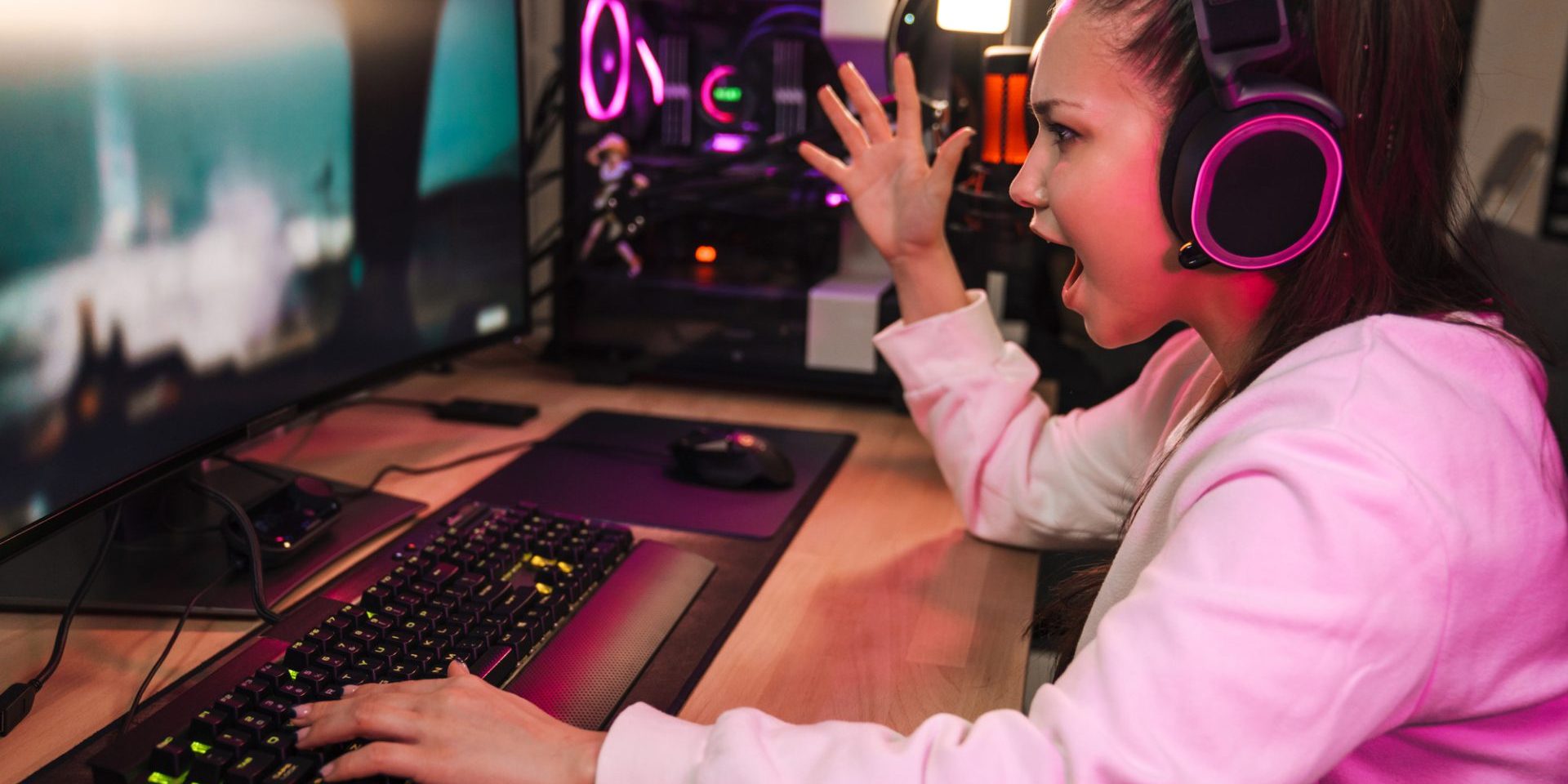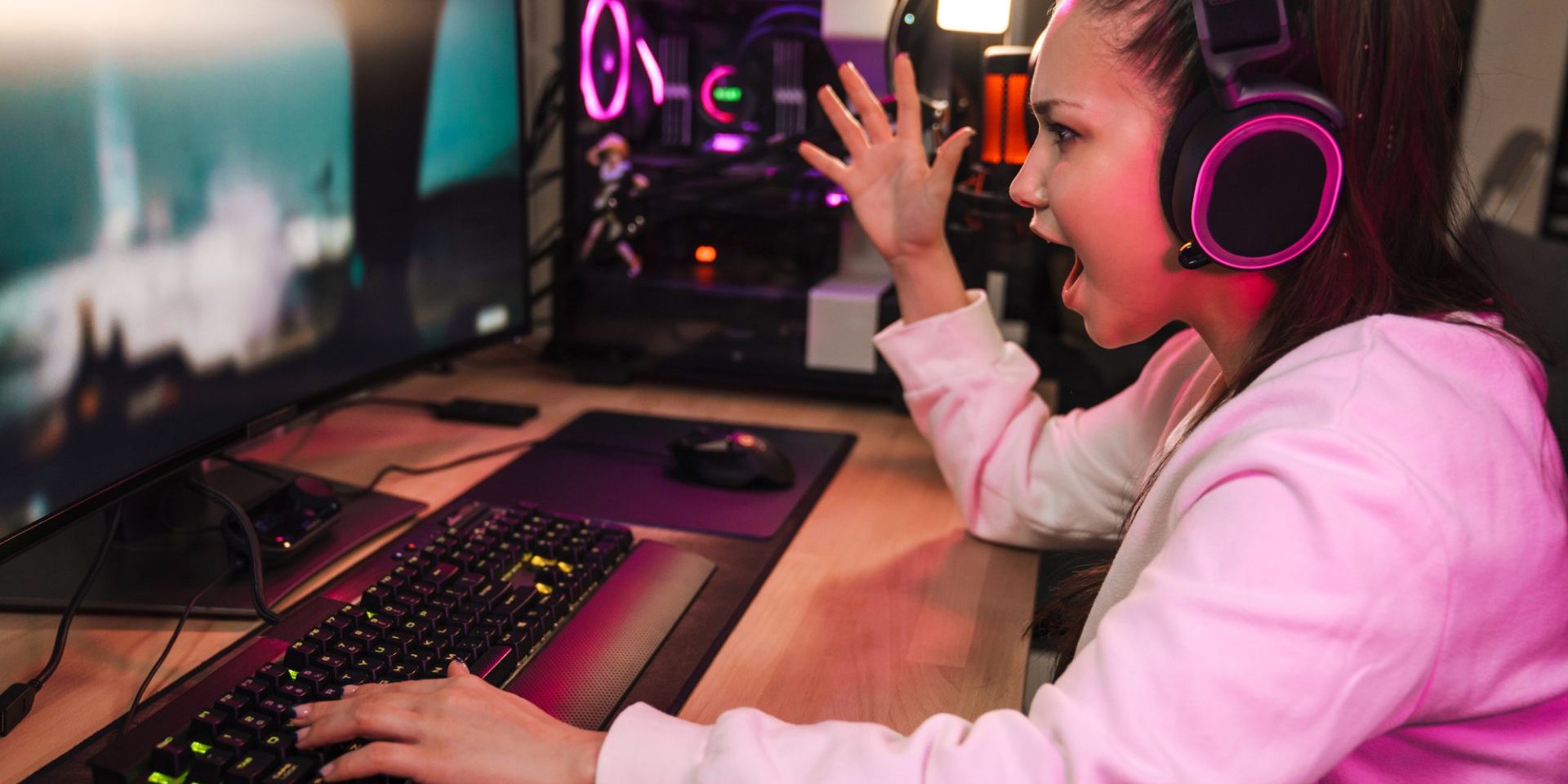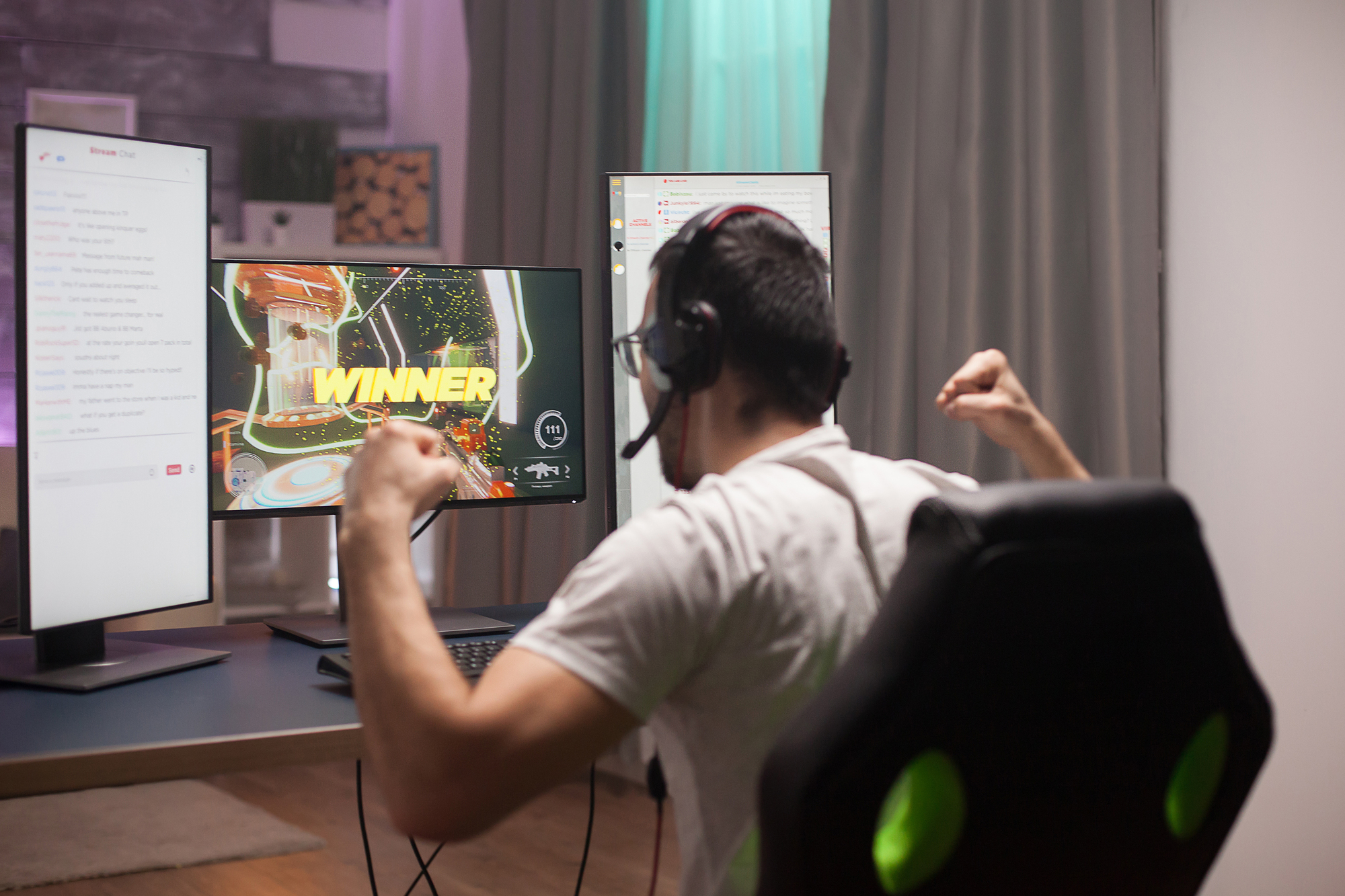Video game development has evolved significantly in recent years, with player feedback becoming a crucial element in shaping the final product. Developers now actively seek input from their audience throughout the creation process, using various methods to gather insights and preferences. Player feedback directly influences game features, mechanics, and even narrative elements, leading to more engaging and player-centric experiences.
This shift in approach has transformed the relationship between game creators and their audience. Players now have unprecedented opportunities to contribute to the games they love, offering suggestions for improvements and highlighting areas that need attention. From beta testing to online forums and social media interactions, gamers provide valuable data that helps developers refine their creations and address potential issues before release.
The impact of player feedback extends beyond initial development, continuing to shape games long after launch. Many titles now receive regular updates and patches based on community input, allowing them to evolve and improve over time. This ongoing dialogue between developers and players has led to more successful and long-lasting games, fostering a sense of investment and loyalty within gaming communities.
The Role of Player Feedback in Game Development
Player feedback serves as a vital component in shaping and refining games throughout the development process. It provides developers with essential insights into player experiences, preferences, and pain points.
Understanding Player Expectations
Game developers rely on player feedback to grasp what their audience wants and needs. This information helps them align their vision with player expectations, leading to more satisfying gaming experiences.
Feedback reveals which game elements resonate with players and which fall short. Developers use this knowledge to enhance popular features and revise or remove less successful ones.
Player input often uncovers unexpected uses of game mechanics or creative approaches to challenges. These discoveries can inspire developers to expand on emergent gameplay elements, adding depth to their titles.
Developing the Feedback Loop
A well-structured feedback loop allows developers to continuously improve their games. This process involves gathering player input, analyzing it, implementing changes, and then reassessing the results.
Early access programs and beta tests give players the chance to try games before full release. Developers can then address issues and refine gameplay based on this initial feedback.
Post-launch updates and patches allow for ongoing improvements. Regular communication with the player base keeps developers informed about evolving player needs and preferences.
Gathering and Analyzing Feedback
Developers employ various methods to collect player feedback. Surveys, forums, and social media platforms provide direct channels for players to share their thoughts and experiences.
In-game analytics offer quantitative data on player behavior, such as completion rates, playtime, and feature usage. This information helps developers identify areas that need attention or improvement.
User testing sessions allow developers to observe players firsthand, gaining valuable insights into how people interact with their games. These sessions often reveal usability issues or areas of confusion that may not be apparent through other feedback channels.
Methods of Collecting Player Feedback
Game developers use various techniques to gather input from players. These methods help create a comprehensive picture of player experiences and preferences.
Surveys and Questionnaires
Surveys allow developers to collect structured feedback on specific aspects of a game. These can range from short in-game pop-ups to detailed web-based questionnaires. Developers often use Likert scales to measure player satisfaction with different game elements.
Questionnaires may focus on topics like gameplay mechanics, visual design, or narrative elements. Open-ended questions give players space to express detailed opinions. Developers can use tools like Google Forms or SurveyMonkey to create and distribute these surveys efficiently.
Timing is key when deploying surveys. Post-game or post-session questionnaires can capture fresh impressions, while periodic surveys track changes in player sentiment over time.
In-Game Analytics
Analytics tools track player behavior within the game environment. This data provides objective insights into how players interact with different game elements.
Developers monitor metrics such as playtime, level completion rates, and in-game purchases. Heat maps can show popular areas or where players struggle. These tools help identify balance issues or areas needing improvement.
A/B testing allows developers to compare different versions of game features. By analyzing player responses to variations, developers can make data-driven decisions about which elements to keep or modify.
Community Engagement
Direct interaction with the player community yields valuable qualitative feedback. Forums and social media platforms serve as hubs for player discussions and suggestions.
Developers can host AMAs (Ask Me Anything) sessions or live streams to answer questions and gather real-time feedback. These events foster a sense of connection between developers and players.
Beta testing programs invite select players to try early versions of games or updates. This approach helps identify bugs and usability issues before wide release. Community managers play a vital role in collecting and organizing feedback from these various channels.
Integrating Feedback into Game Development
Game developers incorporate player input to refine gameplay, boost engagement, and drive continuous improvement. This process shapes games to better align with player preferences and expectations.
Refining Gameplay Mechanics
Developers analyze player feedback to identify areas for improvement in gameplay mechanics. They examine data on player behavior, such as completion rates for levels or challenges, to pinpoint aspects that may need adjustment. Common refinements include tweaking difficulty curves, balancing character abilities, and fine-tuning controls.
Feedback often leads to changes in core gameplay elements. For example, if players report frustration with a particular mechanic, developers might modify or replace it. They may adjust the timing of in-game events, alter resource distribution, or revise combat systems based on player suggestions.
Developers also use feedback to enhance the game’s user interface. They might simplify menu navigation, improve item management systems, or add requested features like customizable controls to make the game more accessible and enjoyable.
Enhancing Player Engagement
Feedback helps developers create more engaging experiences. They analyze player comments and metrics to understand what keeps users invested in the game. This insight guides decisions on content updates, new features, and long-term engagement strategies.
Developers often implement community-requested features to boost player satisfaction. These may include new game modes, additional character customization options, or expanded storylines. They might also introduce social elements like leaderboards or multiplayer modes based on player demand.
Balancing difficulty is crucial for maintaining engagement. Developers use feedback to adjust challenge levels, aiming to keep the game challenging yet achievable for a broad range of players. They may introduce adaptive difficulty systems or offer more granular difficulty settings to cater to different skill levels.
Iterative Design and Continuous Improvement
Game development increasingly adopts an iterative approach, with regular updates based on player feedback. This model allows developers to release early versions of games and refine them over time with player input.
Developers use various tools to gather and analyze feedback, including player surveys, forum discussions, and in-game analytics. They prioritize issues and suggestions based on frequency and impact, addressing critical concerns first.
Regular content updates keep players engaged and allow developers to test new ideas. These updates might introduce new levels, characters, or gameplay features based on player requests. Developers monitor the reception of these additions and make further adjustments as needed.
The iterative process extends beyond initial release, with many games receiving support and updates for years. This approach allows developers to maintain player interest and adapt to changing preferences over time.
Beyond Feedback: Fostering a Positive Player Community
Game developers can strengthen player communities through open communication and exclusive experiences. These approaches build trust and encourage ongoing engagement beyond basic feedback mechanisms.
Maintaining an Open Dialogue
Game developers benefit from regular, transparent communication with players. This can involve dev blogs, live Q&A sessions, and active social media presence. By sharing updates on game changes and explaining design decisions, developers build trust and show they value player input.
Clear communication helps manage expectations and reduces frustration when changes are implemented. Players feel heard when developers acknowledge concerns and explain their reasoning, even if they can’t accommodate every request.
Some studios appoint community managers to serve as a bridge between players and developers. These roles facilitate two-way communication and help translate player sentiment into actionable feedback for the development team.
Exclusive Events and Rewards
Special events and rewards for active community members can foster a sense of belonging and encourage positive contributions. This might include in-game items, early access to new features, or invitations to beta testing programs.
Physical meetups or virtual conventions allow players to connect with developers and each other. These events build excitement around the game and give dedicated fans a chance to share their passion.
Recognition programs that highlight constructive feedback or creative player contributions can motivate community members to engage positively. This might involve featuring player-created content or giving special forum badges to helpful users.
By offering unique experiences and acknowledging player efforts, developers can cultivate a supportive community that goes beyond giving feedback to actively championing the game.












